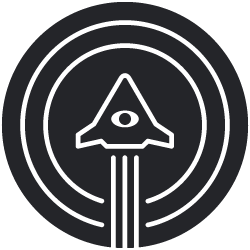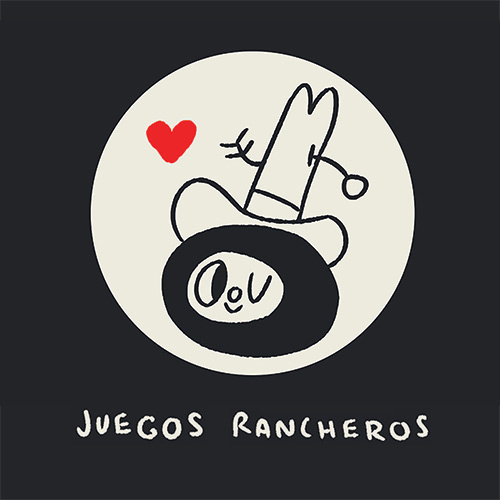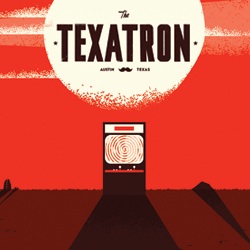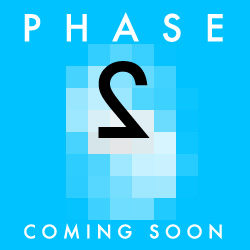POST-GDC: ROBIN HUNICKE’S 6 EASY IDEAS TO FIX PLAYSTATION HOME
Richard Lemarchand’s microtalks turned out to be one of the finest and most inspiring sessions of GDC, and the one session archetype I hope will turn into a new long-lasting tradition. Taking its cues from the Pecha Kucha tradition of ’20 slides auto-advancing every 20 seconds’, it was a rapidfire series of speakers giving rapidfire ideas on the concept of “play.”
Of all the speeches, perhaps the most practically focused was Boom Blox producer Robin Hunicke’s series on “Simple Game Mechanics for Real and Virtual Play Spaces,” or, put more simply (and reduced maybe a bit unfairly), what Sony can do to fix their PS3 virtual world Home.
Hunicke was disappointed to learn, she said, that her assumptions about the space — that, coming from a game publisher, this virtual world would “blend the best of free expression, openess and structured activity” — were quickly stymied when she found that by and large the most prevalent pastime in Home was “dudes… harassing any female avatar,” and attempting to create their own emergent “fun” by exploiting collision physics to do things like standing on benches and sitting on railings and other avatar’s shoulders.
So, imagining herself as queen of Home for a day, she came up with easy ideas to bring her overarching “4 C’s” of game design — Creativity, Collection, Competition, Community — to the space and imagined new ways for people to interact.
1. Graffitti
Her first idea? Give people an in-game graffiti application where they can design a tag to be displayed in a small area of the public square. If people vote up the image, the player gets more colors and bigger spaces, until “the best graff artists… are getting up on giant building-sized areas that look out over the whole plaza.”
2. Jam
Next: tying sound samples to every surface of the world and letting players opt-in to that sound layer with virtual headphones and drumsticks, where they then can explore the area trying to unearth and loop samples into “jams,” which can be broadcast to other players.
3. Climb
Admittedly the most technically complex of the ideas, Hunicke imagined a new layer of mechanics in the world that let players fix climbing pegs to surfaces and turn the space into a vertically explorable jungle gym, with publishable “routes” available to other players.
4. Paintball
Hunicke then added three more even more rapid ideas that would “[embrace] the teenage punk attitude” and the “hostility of the community as [she] first experienced it,” starting with a paintball game, tagging buildings and other players in a way only displayed to you and your teammates/rivals.
5. Where’s Waldo
Players could also opt-in to something as simple as a solitary “stalking” minigame where they were assigned one avatar in the plaza to seek out via sonar pings — with the “victim” being oblivious to the game.
6. Flashmobs
Finally, Sony could structure and support the idea of flashmobs in the world with a new UI element that let people coordinate activities, and could “combine this with the art and music tools to make fun performances happen in-world for users with Headphones and Graff goggles.”
Essentially, Hunicke suggested, it’s important that Home designers “have a sense of humor about open, public space – and to embrace the natural tendencies of your users,” and “use the 4 C’s to get yourself thinking about the space in new and creative ways.”
All of Hunicke’s slides (from which the quotes above have been pulled — the talk was too rapid to take adequate notes) are available via her blog, and are highly recommended viewing for anyone invested in open/virtual world design.
Cx4 GDC Microtalk [gewgaw, direct PPT link]
See more posts about: Offworld Originals






